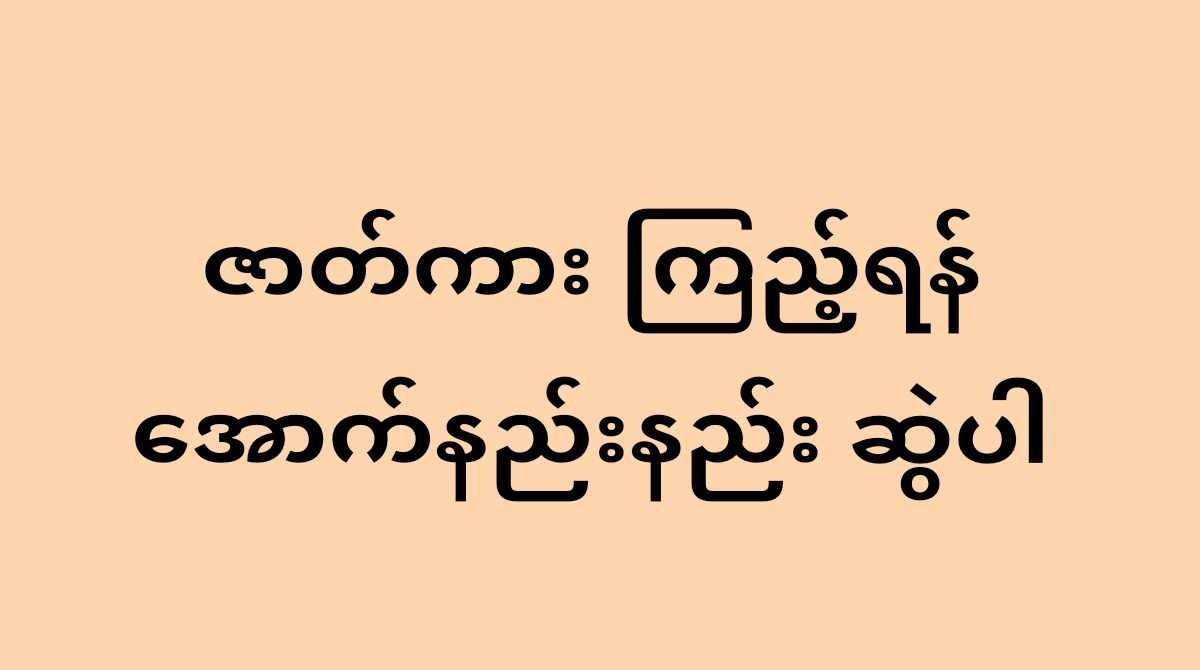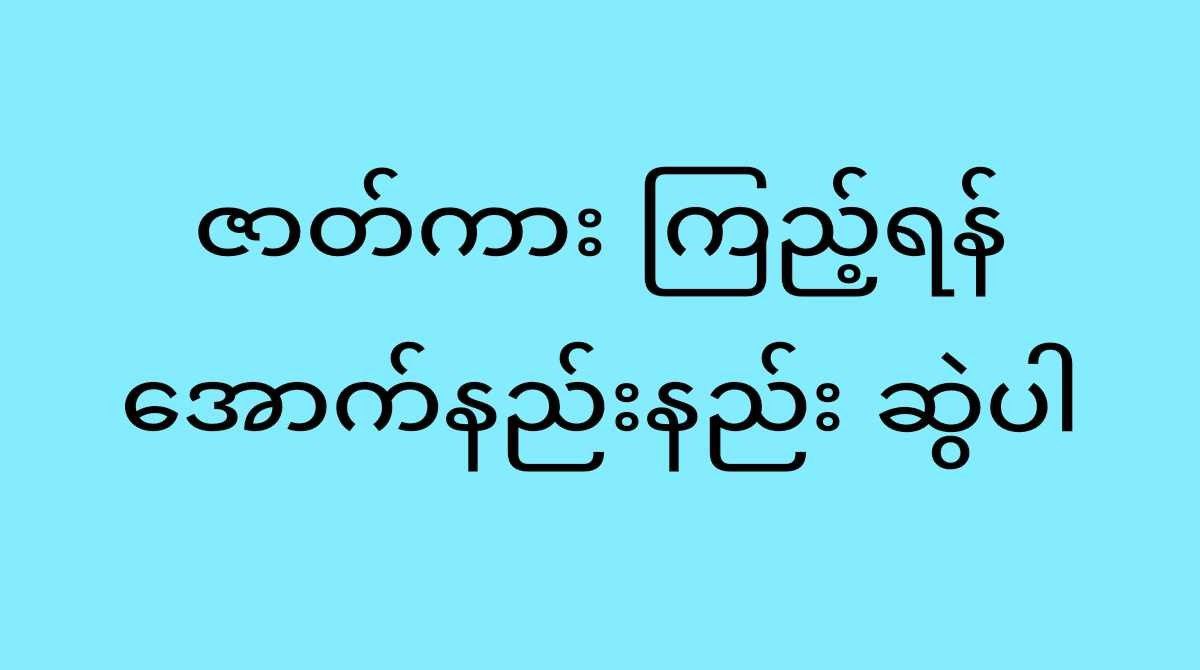We work hard for our families. We save money, pay bills, and build a future. But what happens to your loved ones if you’re no longer there? That’s where life insurance becomes very important.
This blog explains life insurance in simple, friendly words — so anyone can understand.
 🧬 What Is Life Insurance?
🧬 What Is Life Insurance?
Life insurance is a contract. You pay a monthly or yearly fee (called a premium), and the insurance company promises to give money (called a death benefit) to your family or chosen person when you die.
That money can help them:
-
Pay for funeral costs
-
Cover daily expenses
-
Pay off debts or loans
-
Keep the house or business
-
Save for college or the future
👨👩👧👦 Why Do People Get Life Insurance?
Life insurance is love in action. It’s not for you — it’s for the people who depend on you.
You should consider life insurance if:
-
You have children or a spouse
-
You have parents who rely on you
-
You have a home loan or debt
-
You want to leave something behind
📝 Types of Life Insurance
There are two main kinds of life insurance:
1. Term Life Insurance
-
Lasts for a fixed number of years (like 10, 20, or 30).
-
If you die during that time, your family gets paid.
-
If you live beyond it, the policy ends.
-
It’s usually cheaper than other types.
✅ Best for: Young families, people with home loans.
2. Whole Life Insurance
-
Lasts your entire life, as long as you keep paying.
-
Has a cash value you can borrow or withdraw.
-
More expensive, but offers long-term benefits.
✅ Best for: Long-term planners, wealth building, estate planning.
 🔍 Other Types You Might Hear About
🔍 Other Types You Might Hear About
-
Universal Life – Flexible payments and benefits.
-
Group Life – Offered by employers, often limited coverage.
-
Final Expense Insurance – Small policy for funeral costs.
📦 What’s Inside a Life Insurance Policy?
| Feature | What It Means |
|---|---|
| Premium | The price you pay monthly or yearly. |
| Coverage Amount | How much money your family will receive. |
| Beneficiary | The person who will get the money. |
| Policy Term | How long the plan lasts (if it’s term insurance). |
| Rider | Add-on benefits (like coverage for critical illness). |
💡 Real-Life Example: David’s Story
David is 35, with a wife and two kids. He buys a 20-year term life insurance policy worth $500,000. His premium is $30/month.
If David dies during those 20 years, his family gets $500,000 tax-free.
If David stays healthy and lives past 20 years, the policy ends, and he can buy a new one or stop.
📊 How Much Coverage Do You Need?
A common rule is:
10 to 15 times your yearly income.
But you can also think about:
-
How much debt you have
-
Children’s education costs
-
Daily living costs
-
Funeral and medical expenses
✅ Example: If you earn $40,000/year, you might need $400,000–$600,000 in life insurance.
🧠 Tips When Buying Life Insurance
-
Start early – Younger = cheaper premiums.
-
Compare plans – Use online tools or talk to an agent.
-
Review yearly – Update if you get married, have kids, or buy a house.
-
Be honest – Don’t lie about health. Claims may be denied later.
-
Don’t wait – You never know what tomorrow brings.
 🚫 Common Myths (Busted!)
🚫 Common Myths (Busted!)
| Myth | Truth |
|---|---|
| “I’m young, I don’t need it.” | Young = cheaper rates. Lock in now. |
| “It’s too expensive.” | Term plans can cost less than $1/day. |
| “I don’t have kids.” | You may still have people who rely on you. |
| “I get insurance at work.” | That’s usually not enough. It ends if you leave the job. |
📍 Who Should Be the Beneficiary?
Usually:
-
Spouse or partner
-
Children (through a legal guardian if they’re young)
-
Parents
-
A trust or estate
-
A charity (for donations)
✅ Make sure to update this if things change — marriage, divorce, kids, etc.
✅ Final Thoughts
Life insurance isn’t about death. It’s about peace of mind. It’s about protecting your loved ones. It’s about leaving behind love, not bills.
Even a small plan can make a big difference. Think of it as a gift to your family — one they’ll truly appreciate during hard times.
